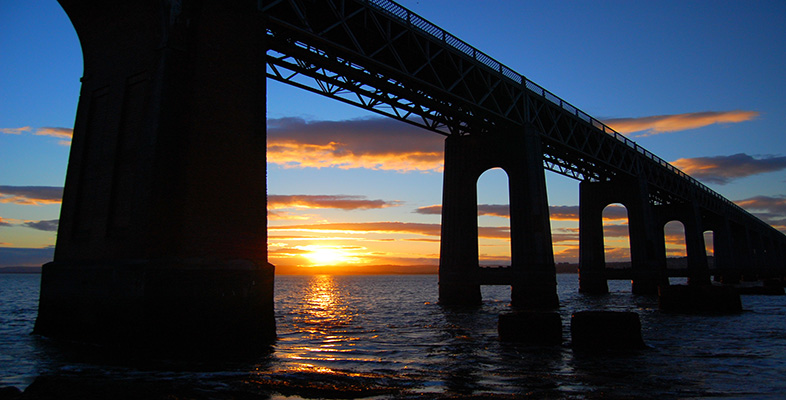1.2 Earthquakes and volcanoes
The disasters that first come to mind are those where the earth itself changes in an unpredictable and sudden way:
earthquakes
volcanic eruptions
tidal waves
These natural phenomena are now known to be interconnected: earthquakes result from vast plates of the earth's crust meeting and moving against one another. Volcanic explosions, such as Krakatoa (1883) and Mount St Helens (1980) are also manifestations of activity in the earth's crust, where pools of hot magma build up under the surface and erupt explosively. This positive geographical correlation between zones of earthquake activity and volcanoes becomes apparent in places like the Mediterranean, the Andes and Japan.
Earthquakes themselves often involve movement of large bodies of rock, which, if occurring on the seabed, will create a sudden movement of the sea above and hence a tidal wave that propagates to land, often over vast distances.
Such phenomena are now well studied, and the magnitude of earthquakes is classified in terms of the Richter scale – after the Californian seismologist who devised the scale in 1935. The severity is described on a logarithmic scale from 1 to 9, as shown in Table 1. The scale is defined strictly by reference to a set of tables, using data such as the maximum lateral amplitude of the vibrations recorded by a pen on a moving graph and the distance of the listening station to the epicentre of the quake. The related Mercalli scale in Table 2 shows the effects of quakes on structures and people.
| Magnitude | Consequence (and some examples) |
|---|---|
| 1 to 3 | recorded on local seismographs, but generally not felt |
| 3 to 4 | often felt, no damage |
| 5 | felt widely, slight damage near epicentre |
| 6 | damage to poorly constructed buildings and other structures within 10 km |
| 7 | major earthquake – causes serious damage up to 100 km (recently in Taiwan; Turkey; Kobe, Japan; and California) |
| 8 | great earthquake – great destruction, loss of life over several 100 km (1906 San Francisco; 1949 Queen Charlotte Islands) |
| 9 | rare great earthquake – major damage over a large region over 1000 km (1960 Chile; 1964 Alaska, and west coast of British Columbia; 1700 Washington, Oregon). |
| Magnitude | Consequence |
|---|---|
| I | Not felt except by a very few under especially favourable conditions. |
| II | Felt only by a few persons at rest, especially on upper floors of buildings. Delicately suspended objects may swing. |
| III | Felt quite noticeably by persons indoors, especially on the upper floors of buildings. Many do not recognise it as an earthquake. Standing motorcars may rock slightly. Vibration similar to the passing of a truck. |
| IV | Felt indoors by many, outdoors by few during the day. At night, some awakened. Dishes, windows, doors disturbed; walls make cracking sound. Sensation like heavy truck striking building. Standing motor cars rocked noticeably. |
| V | Felt by nearly everyone; many awakened. Some dishes and windows broken. Unstable objects overturned. Pendulum clocks may stop. |
| VI | Felt by all; many frightened and run outdoors, walk unsteadily. Windows, dishes, glassware broken; books fall off shelves; some heavy furniture moved or overturned; a few instances of fallen plaster. Damage slight. |
| VII | Difficult to stand. Furniture broken, damage negligible in building of good design and construction: slight to moderate in well-built ordinary structures; considerable damage in poorly built or badly designed structures; some chimneys broken. Noticed by persons driving motorcars. |
| VIII | Damage slight in specially designed structures; considerable in ordinary substantial buildings with partial collapse. Damage great in poorly built structures. Fall of chimneys, factory stacks, columns, monuments, walls. Heavy furniture moved. |
| IX | General panic. Damage considerable in specially designed structures; well-designed frame structures thrown out of plumb. Damage great in substantial buildings, with partial collapse. Buildings shifted off foundations. |
| X | Some well built wooden structures destroyed; most masonry and frame structures destroyed with foundations. Rails bent greatly. |
| XI | Few if any masonry structures remain standing. Bridges destroyed. Rails bent greatly. |
| XII | Damage total. Lines of sight and level distorted. Objects thrown into the air. |
Engineers have made many positive contributions by designing structures, for example, which are now more resistant to earthquakes than previously (see Input 1, linked below). Nevertheless, there is much to be learnt about the geology of the earth both in the crust and below so that prediction of such natural catastrophes can be put on a more systematic basis than is possible currently.
Click 'View document' below to open Input 1
View document [Tip: hold Ctrl and click a link to open it in a new tab. (Hide tip)]
